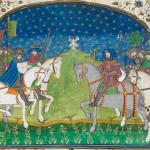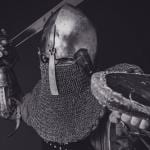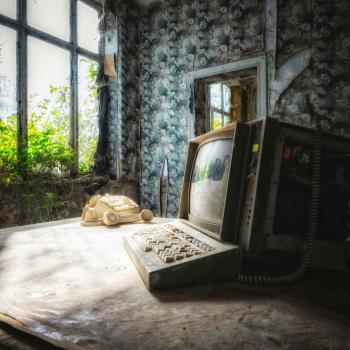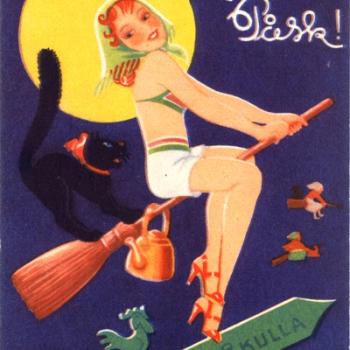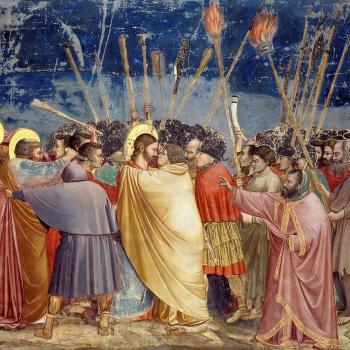In Britain the tradition of Spiral Castle survives in the Easter Maze dance of country villages, the mazes being called ‘Troy Town’ in England and in Wales ‘Caer-droia’. (Graves, 1997)
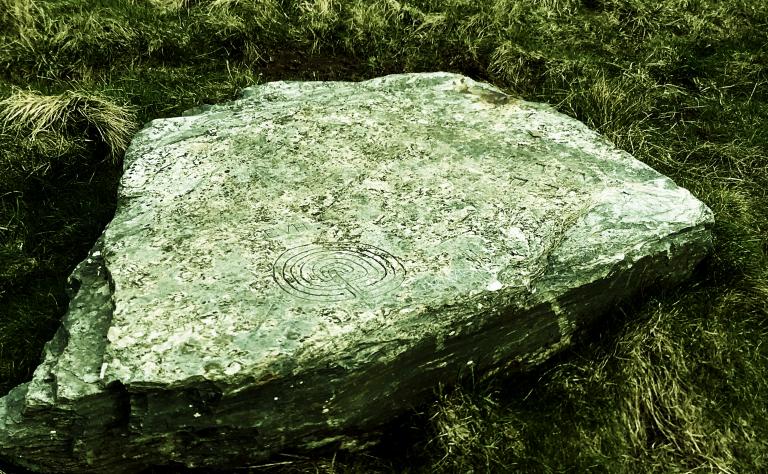
Situated between the poles, on our journey through the spherical vortex, we see at either end our source and goal. We are pulled in both directions, since the longing of the womb, described by psychologists, has its counterpart in the passionate longing of the mystic for union with God. (Purce, 1974)
Spirals are everywhere and pervade our lives to a large extent, both observed and unnoticed, from mighty galaxies swirling in the blackness of space to the invisible infinitesimal molecules which spin all about. From symbolism of eternity, the spirals of life and nature can be found everywhere: genetic structure of DNA, to the Golden Spiral of Fibonacci, this mystical helical pattern has been a source of fascination and magic since man first discerned patters about them. The winding, twisting, endless motion, cycling both inward and outward in perpetual motion, readily lends itself to mythic representations of life, death and rebirth. From the smallest molluscs to the motion of the stars of the heavens turning about us in the night sky, man has observed the spiral weaving through time and space as microcosm and macrocosm. Nowhere is this better exemplified than in some forms of Witchcraft that work with Spiral Castle (Caer Sidi), “Whirling without motion between three elements” (Graves 1997) .
Symbolising the ever turning tides, the spiral is the motion of the universe and expresses the flux and reflux of the cosmic breath as it expands and contracts moving inwards and outwards as the sun and the moon shift in rising and setting, waxing and waning. Thus expressing dichotomous aspects of the dual world, opposing forces work together in wholeness, and thus coalescing in the simultaneous sinistral and dextral rotation, being at once one and its opposite. Within mystical literature and art, such as the recognisable symbol of the Tai Chi, commonly and erroneously called Yin Yang, which reflects both aspects of active and passive dynamics in play through union and completeness. As an expression of cosmic rhythm, the spiral is a continuous vortex which implies the infinite, never ending, ceaseless stirring of the cauldron. Partaking of both an upward and downward direction, expressing a winding dimensional experience of creation and dissolution, the Spiral Castle becomes a symbol of the eternal, otherworldly, place of repose.
Perhaps the earliest labyrinthine patterns we can positively identify in the historical record belong to Minoan Crete, and the 19th Century BCE, hinting at man’s early preoccupation with the spiral order which is apparent in the world of duality, which is reconciled in the engaging of the maze. Poetically, the labyrinth symbolises the journey of life from the centre expanding outward until the weight of time places upon us the burden of age, when the wheel turns and the direction becomes once more focussed inward. Since earliest times, mystics observed that to attain the circumference is to return to the centre, a paradox which can only be held with a paradigmatic shift in awareness – the solution to the maze only obvious from above and not within. In this way, the labyrinth also typifies that which is hidden, and the quest to obtain the boon which results from attaining the centre. What is placed in the centre depends very much upon our expectation and anticipation, and our own expansion and contraction in tune with the cosmic spiral.
The oldest and most recognisable maze pattern, the Minoan labyrinth (found on coins from Knossos) which concealed the monstrous beast, minotaur, is found carved in stones dating from the Palaeolithic right through to our Classical ancestors, and survives in turf mazes in England called Troy Town (Purce, 1974). Engraved within ancient tombs and sometimes associated with the dead ancestors suggests that the symbol was recognised as reflecting dissolution which is associated with the centre, and the rebirth which emerges anew as each cycle renews itself.
The connection with the ancient Hellenic city of Troy is perhaps due to a linguistic twist or pun and connected to the British origin myth which has a legendary figure, Brutus, establish a colony of Trojans on the isles after the fall of the city. It was this Brutus, we are told, who gave his name to Britain and its inhabitants are supposed to descend from this mythic hero. What underlies these stories and the truths they once held are now long forgotten and can only be speculated. Nevertheless, the Troy Town maze pattern was common in North Europe and parts of the continent throughout history. In Wales and England, these are known to have been used in ritual folk dances, where the turning pattern, with participants seeming to be going in opposite directions as they wind their way in and out, was meaningful to our ancestors. The Welsh caerdroia is thought to be the turf labyrinth fashioned by shepherds on hills, with a hillock at the centre, and denotes either, or perhaps both, the walls of Troy (Caer Droia – Troea meaning Troy), or the Castle of Turning (from the welsh plural for ‘turn’ troeau).
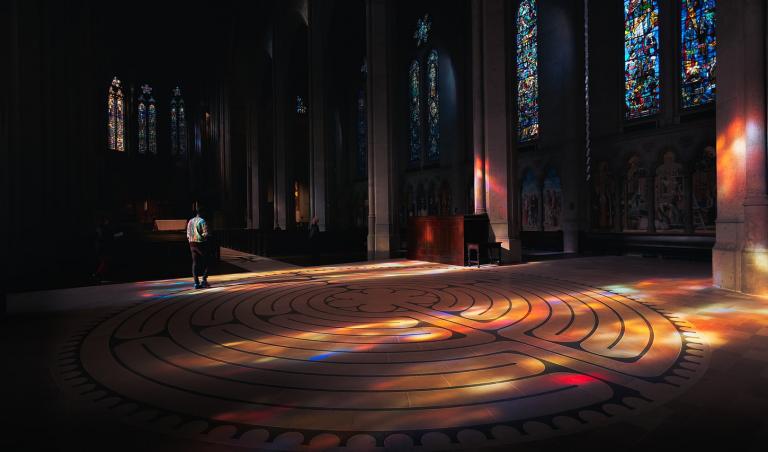
From Celtic Brittany in Northern France, to the Greek world, folk dancing often forms in a circular fashion, or pattern, imitating spirals in weaving motion. It is often thought that these originated in the threshing floor, where the harvested grain is separated from the non-edible stalk, ready for preparation into foodstuff. Threshing is an activity that is still done without mechanical assistance in many parts of the world, either by hand using a flail, by ox in a circular motion, or under foot. A typical school of thought is that the community would come together to trample the harvest under foot and separate the grain. Rhythmic patterns would emerge a steady beat and song might accompany the work, giving rise to circular folk dances which still exist. We also know that cultures often mark the preparing of the threshing floor, and the conclusion of the work, with a dance and, when not in use, the area provides a wonderful location for such jubilant celebration. Indeed, the threshing floor has been connected with Biblical tradition and it is noteworthy that the Temple founded by Solomon was built upon the threshing floor of Araunah, Mount Moriah, purchased by the King’s father David to build an altar to the Lord (2. Chronicles 3:1).
As a communal activity for the benefit of all, the threshing floor is where the essence, the germ of the grain, and seed for next year’s crop, is separated from the dead material. Symbolically, the living heart, the spirit of the corn sloughs off its lifeless sheath, working itself out under the constant pounding of foot, hoof and time. Being circular, the threshing floor represents the heavenly canopy, the circle of the earth, as well we the wheel or round of life, death and rebirth. Just as the corn seed is nurtured and grows, so our own cycle is one of growth, ripening, and death. Worship was, it is believed, significantly practiced at threshing floors, where life and death was played out through the work of the seasons and tides as the year’s crop of wheat, barley, rye, or oats, was brought to maturity, cut off at the knee, thrashed on the round floor to shake off its old body, to be crushed as flour, soaked as liquor or kept to sow in the spring. Just as the spiral brings creation and dissolution, the threshing floor represents the spiral of life and death and the ritual observance of work and play, worship and jubilation. It is not too much of a leap to understand how our ancestors realised the likeness of the spirals worked upon the threshing floor and the cosmic cycles of life and the heavens above. From the place where the grain is gathered from the chaff, the place where Abraham sacrificed to his God and founded a covenant, where David erected his altar of burnt offerings and Solomon built a temple, the threshing floor can be seen as sacred to agricultural cultures who followed the seasonal cycles of the sun, moon and stars in alignment with the patterns of the earth when it is fruitful. In discussing Mount of Moriah, the location of the Sacrifice of Isaac, the subsequent Ram (or Roesbuck) in the Thicket, and covenant, Robert Graves identifies this spot as being sacred to the god of grain, Jah, Brân and Tammuz.
It will be remembered that the Temple was built on the ‘threshing floor of Araunah’, which sounds uncannily like Arawn*… Still more conclusive is Jehovah’s claim to the seventh day as sacred to himself. In the contemporary astrological system the week was divided between the sun, moon and seven planets… Thus Jehovah, the god whose holiest day is Saturday, must be identified with Cronos or Saturn, who is Bran. (Graves, 1997)
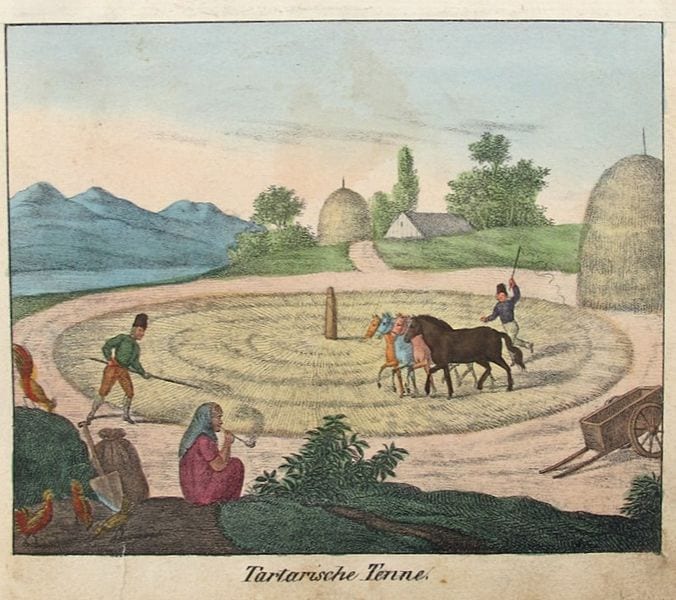
At this juncture, it is pertinent to return, like a vortex spiralling ever inward, from the rim to the centre. Here we find Spiral Castle from which “except seven, none returned from Caer Sidi” (Graves, 1997). The seven here are reminiscent of the astrological planets which spiral about the heavens, and the mythic heroes to which they are assigned. Here too, we find “…the cauldron of the chief of Annwn” (Graves, 1997), within which we see yet another spiral as the brew is stirred, producing a vortex of steam and fluid, Inspiration and/or Rebirth from the underworld/otherworld home of the dead and the eternal Grail.
In the Middle Welsh poem of the Book of Talisin, preiddeu annwn (14th Century), known in English as the Spoils of Annwn, we learn some useful intelligences. For example, an “heavy blue chain” bounds the place while it is approached by sea. In this, we can discern that it is approached by water, or else the dark blue of night, the abyssal, primal deep of boundless space. Indeed, the Spiral Castle is found in the in-between space, the liminal gap within and without “…Where the twilight and the black dark night move together…” (Graves, 1997).
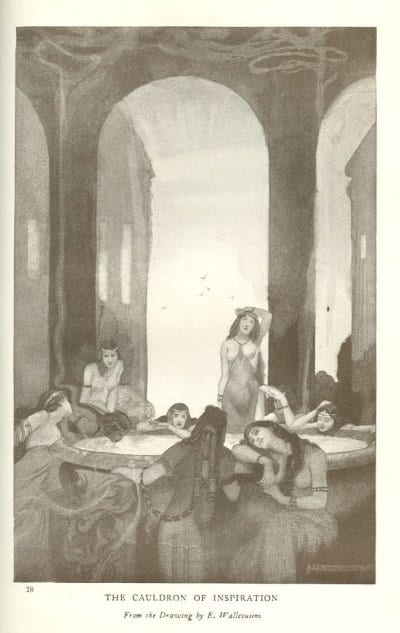
In at least two mythic tales that have survived from the past and were recorded in literature, known today as the Mabinogi, and the Red Book of Hergest, we learn of Britain’s two most famous heroic Kings, Brân and Arthur. Both are associated with astrological mythologies and star lore, while the zodiac may be ascribed to the mythic telling of their exploits. In both cases, the kings lead an adventure across the western sea on a raid to Ireland where a mythic Cauldron resided. This is not to suggest that the Spiral Castle is in Ireland, but simply that the Welsh poetic motif was a mythic island that lay beyond the setting of the sub and where the cauldron would be found, comparable to Celtic myth found in Ireland relating similar tales. The Immram are Old Irish tales relating the journeys of heroes across the western sea, far from Ireland, to the Otherworld.
The spiral is a primordial image of the dynamics of the universe. It is closely connected with the sacred whirlpool and the mythological “churning of the waters”, which includes… the “waters” of both the the firmament above and the firmament below. (Brown, 2009)
Looking up to the ocean of stars, the firmament above that which is below, we observe the spiralling constellations, the cosmology of mythic characters moving about the centre, the seven stars of Ursa Major, the Plough, revolving about the “Nail of the Sky” (Magnesson, 1965), marking the four points of the seasons as “...the four-cornered enclosure, in the island of the strong door,” from the Preiddu Annwn (Graves, 1997). To the Buryat people of Siberia, the stars are as a herd of horses tethered about a central pole fixed in the north star (Johnson, 1996), reminiscent of the threshing floor upon the earth below.
There is a constellation in the North which is composed of seven stars and resembles a cauldron and a crown, Corona Borealis. In Welsh mythology, the Northern Crown is known poetically as Caer Arianrhod. Mentioned in the Hanes Taliesin (16th Century, recorded by Elis Gruffydd), this otherworld abode is possessed of Arianrhod of the Silver Wheel, or Rounded Hill (read Mound), and is also associated with Spiral Castle. Furthermore, to the ancient Greeks, the Goddess associated with the Northern Crown was Ariadne, the Minoan princess who is cognate with Arianrhod and who presides over the Cretan Labyrinth, called Troy Town in European culture. And here, we have come full circle with our journey to Spiral Castle.

- – It is interesting to note that, whilst people belittle the contribution of Graves, his poetic interpretations are not entirely without merit in a good many places. Furthermore, it must be understood that The White Goddess is a poetic work and, thus, not to be found in the quantifiable world of fact. Nevertheless, there is evidence to suggest that he is correct about the name Araunah and Arawn as both are supposed to indicate a meaning of ‘king’, ‘lord’ or ‘exalted’, and the Hebrew Aaron was present in Roman Britain in Gildas, as well as the Old Welsh name Araun attested in the 9th Century CE.
Bibliography
Brown, Colton. The Mystery of the Seven Directions. L Brun Publications
Graves, Robert. The White Goddess: A Historical Grammar of Poetic Myth. Faber & Faber.
Johnson Kenneth. North Star Road: Shamanism, Witchcraft & the Otherworld Journey. Llewellyn Publications
Magnesson, Magnus, Palsson, Herman, trans.. The Vinland Sagas: The Norse Discovery of America. Penguin
Purce, Jill. The Mystic Spiral: Journey of the Soul (Art and Imagination) . Thames and Hudson Ltd.



